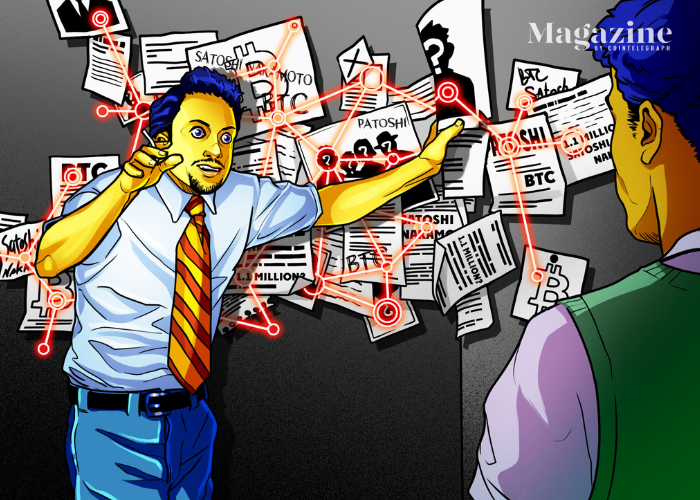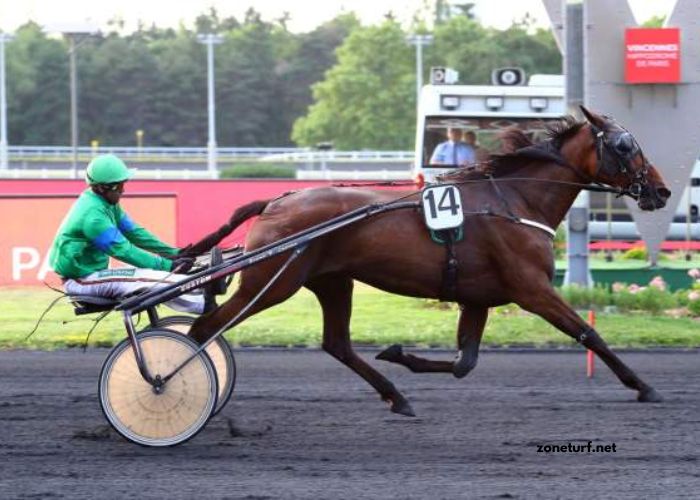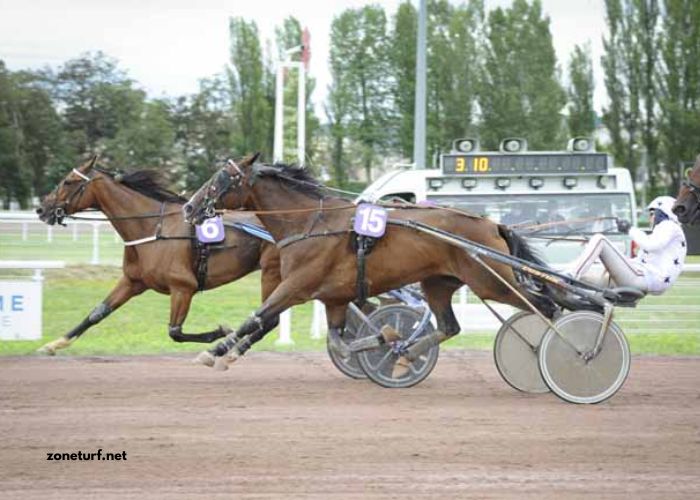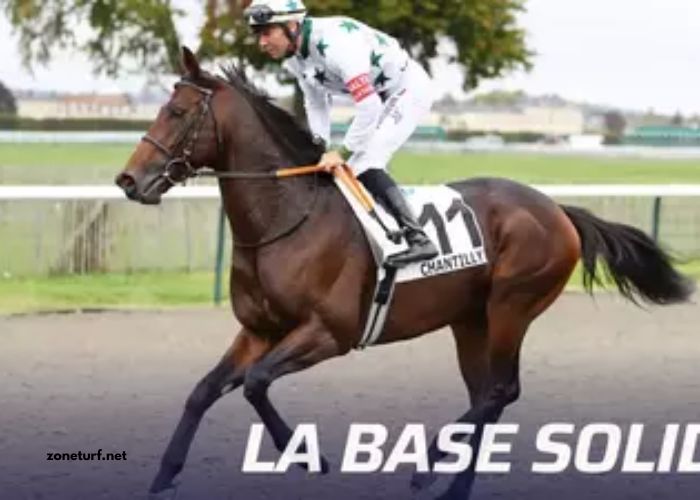In the world of blockchain and cryptocurrencies, there’s a digital revolution happening that’s transforming how we think about ownership and collectibles. From the humble beginnings of CryptoKitties to the explosion of NFT (Non-Fungible Token) art, we are witnessing a remarkable evolution in the realm of digital collectibles. This article delves into the fascinating journey from CryptoKitties to NFT art, exploring the technology, cultural impact, and future possibilities of these digital treasures.
The Birth of CryptoKitties
Before we dive into the world of NFT art, let’s take a step back and examine where it all began. In 2017, a Canadian blockchain company called Axiom Zen introduced the world to CryptoKitties, a decentralized application (dApp) built on the Ethereum blockchain. CryptoKitties allowed users to buy, sell, and breed unique digital cats using Ethereum’s smart contracts.
These digital cats were more than just pixelated images; they were non-fungible tokens, which meant each one was distinct and had its own immutable ownership record on the blockchain. The scarcity and uniqueness of these digital felines were what made them valuable. Some CryptoKitties sold for astonishing sums of money, with one particularly rare Kitty, known as “Genesis,” selling for approximately $170,000 in December 2017.
CryptoKitties took the world by storm, demonstrating the potential of blockchain technology to create digital collectibles with real-world value. It highlighted the concept of digital ownership, where you could truly possess a unique digital asset, and it opened the door to a new era of decentralized applications and digital art.
The Rise of NFTs
CryptoKitties served as a catalyst for the broader adoption of Non-Fungible Tokens (NFTs). NFTs are unique digital assets that represent ownership of a particular item, artwork, or collectible on the blockchain. Unlike cryptocurrencies like Bitcoin or Ethereum, NFTs cannot be exchanged on a one-to-one basis since each NFT has its own distinct value and characteristics.
The development of NFTs allowed artists, creators, and collectors to tokenize their digital creations and prove their ownership in a transparent and secure manner. This innovation brought forth a plethora of opportunities for artists and collectors alike. It bridged the gap between the physical and digital worlds, allowing for the ownership and trade of unique digital items, such as digital art, music, virtual real estate, and more.
One of the defining features of NFTs is their immutability. Once an NFT is created and recorded on the blockchain, it cannot be altered or replicated. This not only secures the ownership of the digital asset but also ensures its provenance, allowing collectors to trace its history back to the creator.
The NFT Art Boom
NFT art has emerged as one of the most captivating and financially rewarding aspects of the NFT ecosystem. Artists who were previously constrained by traditional art markets found newfound freedom and opportunities in the NFT space. They could now create, tokenize, and sell their digital art directly to collectors without the need for intermediaries.
This newfound artistic freedom gave rise to a diverse range of digital art forms. Some artists focused on creating visually stunning 2D and 3D artworks, while others delved into immersive virtual experiences. The possibilities were limitless, and the market responded with enthusiasm.
In early 2021, a watershed moment occurred when digital artist Beeple (real name Mike Winkelmann) sold a collage of his artworks as an NFT for a staggering $69 million at a Christie’s auction. This historic sale catapulted NFT art into mainstream consciousness and solidified its place in the art world.
The success of Beeple’s auction was not an anomaly. Many other artists followed suit, experiencing incredible financial gains through NFT art sales. This not only provided artists with unprecedented financial support but also challenged the traditional art world’s conventions. It prompted discussions about the value of digital art, the role of art institutions, and the democratization of the art market.
Collecting NFT Art: Ownership and Authenticity
NFT art ownership brings with it a sense of authenticity and provenance that is often lacking in the traditional art world. When you own an NFT artwork, you have a direct and verifiable connection to the artist and the artwork itself. This connection is established and recorded on the blockchain, making it publicly accessible and tamper-proof.
The blockchain provides a transparent history of ownership transfers, ensuring that the authenticity of the artwork remains intact. This is particularly crucial in a world where art forgery and theft are ongoing concerns. With NFT art, there is no need for elaborate provenance documentation or authentication processes; the blockchain serves as the ultimate authority.
Moreover, NFTs have introduced a novel concept called “smart contracts” into the art world. These self-executing contracts automatically facilitate the transfer of ownership and royalties to artists every time an NFT artwork is resold. This innovation addresses a long-standing issue in the art industry, where artists often do not benefit from the increasing value of their works on the secondary market.
NFT Art in the Digital Age
NFT art has transcended traditional art forms and mediums, embracing the possibilities of the digital age. Artists are exploring interactive and immersive experiences that extend beyond static images. Virtual reality (VR) and augmented reality (AR) are becoming increasingly popular tools for NFT artists, allowing collectors to step inside digital worlds and experience art in entirely new ways.
This convergence of technology and art is reshaping how we perceive and engage with creative works. It challenges the traditional boundaries of what constitutes art and invites viewers to participate actively in the artistic process. The lines between artist and audience are blurring as collaborative and interactive NFT art projects gain traction.
Furthermore, NFT art opens up new opportunities for artists to monetize their work. Artists can receive royalties not only on primary sales but also on all secondary market transactions, thanks to the programmable nature of smart contracts. This financial incentive encourages artists to continue creating and engaging with their audiences.
Challenges and Criticisms
While NFT art has brought about a wealth of opportunities and excitement, it has also faced its fair share of criticism and challenges. One prominent concern is the environmental impact of blockchain technology, particularly in the case of Ethereum, which is the most commonly used blockchain for NFTs.
The process of minting NFTs and conducting transactions on the Ethereum blockchain consumes a significant amount of energy, leading to concerns about carbon emissions and sustainability. Some artists and collectors have sought out alternative blockchains with lower energy consumption, while others have explored eco-friendly NFT platforms.
Additionally, the NFT space has seen its share of controversies, including instances of plagiarism and copyright infringement. The ease with which digital art can be copied and shared has raised questions about the true uniqueness of NFT art. Critics argue that the NFT market lacks proper regulation and oversight, making it susceptible to fraud and unethical practices.
Moreover, the rapid commodification of NFT art has led to concerns about speculation and market bubbles. Some worry that the astronomical prices fetched by NFT artworks may not be sustainable in the long run, and there is a risk of a market correction.



